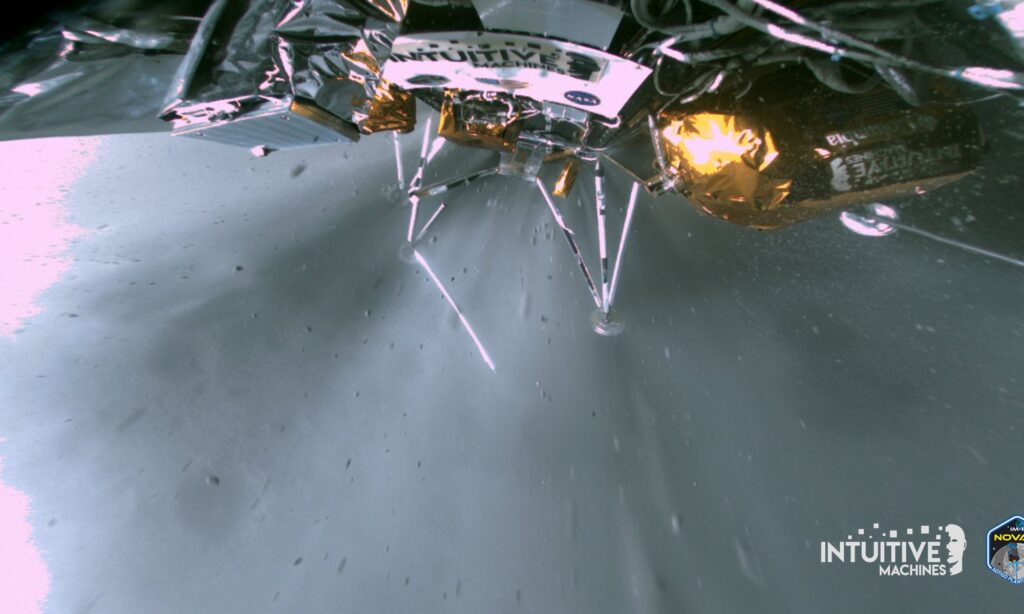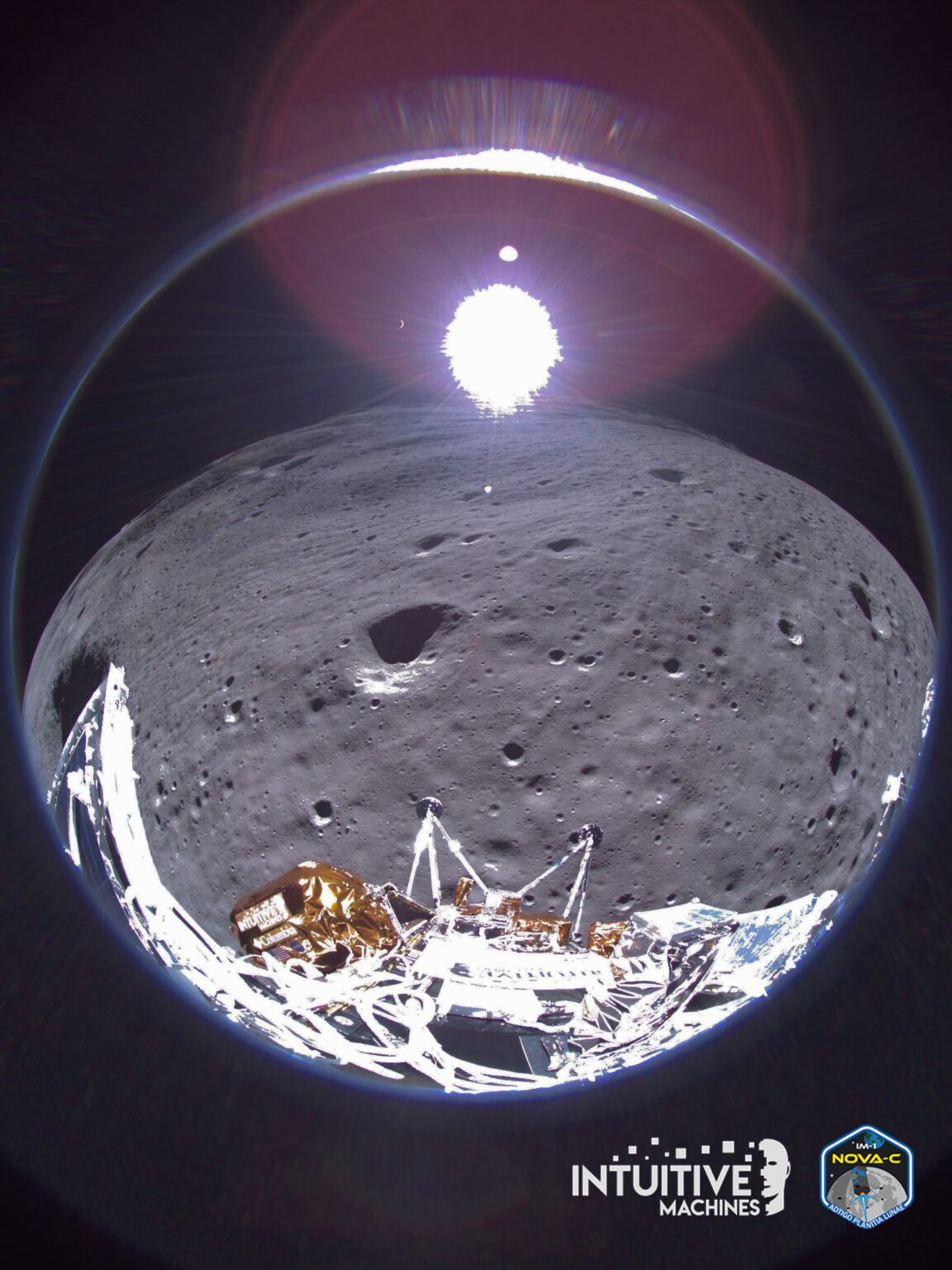Intuitive Machines engineers failed to receive a signal from the Odysseus spacecraft again. After that, they announced the official completion of its mission.
As previously announced on February 29th, our IM-1 mission ended seven days after landing, as Odysseus’ mission was not intended to survive the harsh temperatures of the lunar night. Before its batteries were depleted, flight controllers tucked Odie into a configuration that…
— Intuitive Machines (@Int_Machines) March 23, 2024
Odysseus became the first private spacecraft in history to land on the moon. On the night of February 22-23, it landed near the Malapert A crater, located 300 km from the south pole of the Moon.
However, it was not without problems. Due to an error by engineers preparing the spacecraft for launch, its laser rangefinders turned off — a key tool necessary for an accurate landing. As a result, mission specialists had to urgently upload a patch to the probe. It made it possible to use NASA’s Doppler lidar instead of rangefinders, which was originally part of the payload and was a demonstrator.
These measures helped prevent the disaster. However, the Odysseus descent was not in an optimal mode. The probe descended faster than expected. During landing, one of Odysseus’ legs broke, and it ended up in an inclined position, which significantly complicated its connection with the Earth.

But despite all these difficulties, Odysseus managed to complete most of the scientific program and send the collected data to Earth. Its last communication session took place on February 29. After that, the Sun sank below the horizon and the solar panels of the spacecraft stopped producing the energy necessary to continue working.

Although the probe’s electronics were not designed for low temperatures, Intuitive Machines specialists hoped that after the Sun rose again over the Malapert A crater, Odysseus would be able to communicate in the same way as the Japanese SLIM probe did. According to engineers’ calculations, on March 20, the probe’s solar panels were supposed to start receiving enough light to resume operation. During that and the next few days, engineers sent Odysseus commands, hoping to hear a response signal. But, unfortunately, it did not get in touch. This is the end of its mission.
Follow us on Twitter to get the most interesting space news in time
https://twitter.comne/ust_magazine


